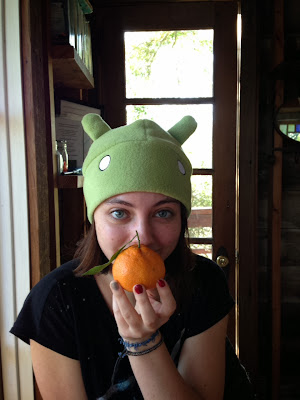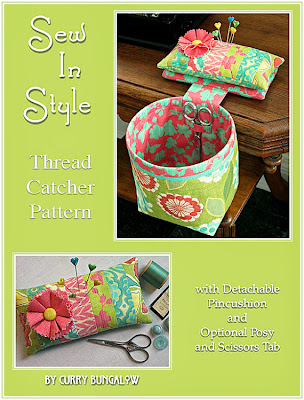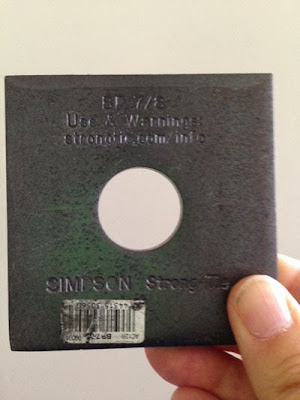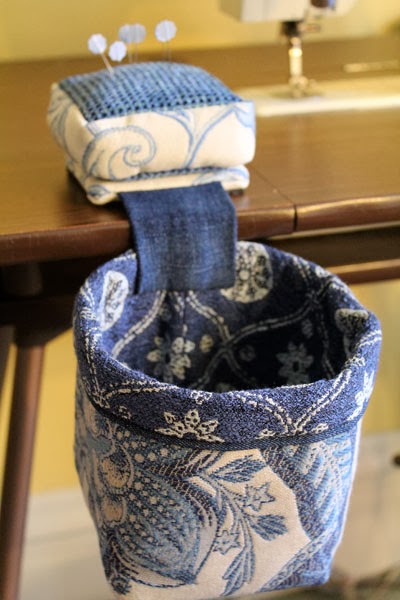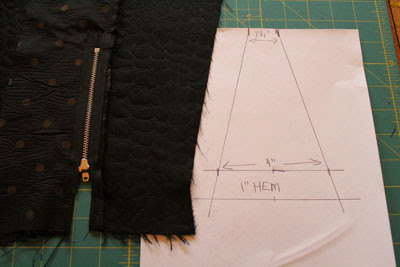
Maybe my blogging less is a good thing, if I'm no longer contributing to blog feed clutter. ;)
I have started my new job and it's a fairly overwhelming undertaking on many fronts. So much to learn. So many classes to take. So much to eat. So much to try not to eat.
And, yes, I have gained some weight. I am working on figuring out how to deal with that. The quality and quantity of free food is mind blowing.
It's a delicious and seductive mine field.
You know what they say about how one never forgets to ride a bike?
I might dispute that.
On my second or third day of work, I realized that it would take me over 30 minutes to walk to one of my orientation classes (I am tagged with the "engineering" label, so I have many additional orientation classes to take and the campus is larger than DD1's university campus), so I decided to brave one of the bikes. The first bike I selected gave me something akin to a wedgie, so I realized I had to stick to a bike with a really low seat.

After selecting my bike from the stable, I had to immediately ride down a slope to the main road. Though "careen" is more of an apt description. I almost took out two pedestrians. Thank goodness no cars came up the road in that moment.
I was careening all over the place. It has been maybe 30 years since I was on a bike and while the skill "came back", somewhat, it took awhile. I am determined to try and ride one of the bikes at every opportunity to build up some muscles and maybe some balance.

I apologize, in advance, that I have no sewing to show today.
I did sew a skirt, right before starting my new job. But it's a rather spring-like skirt, so I have no pictures of it. Though, if this warm weather continues, I may be wearing it sooner rather than later.
When I am not working (I have no vacation yet, so I am working through the holidays), I am preparing for a (private) 3-day workshop I am leading in early January. Some months ago, I was asked to teach a workshop on jackets and, in particular, the creative aspects of jacket making. I have never done anything like this before, so I am spending my free time creating hand outs, samples, and trying to anticipate what these students might want to hear.
So that is sewing, of a sort, though I have nothing to share.
Christmas itself was a bit of a challenge. I celebrate with my daughters on Christmas Eve. (They spend Christmas day with their father's family.) This year, DD2 spent Christmas in Thailand as part of her Gap Year studies. In fact, right now she is in a remote tribal village that has absolutely no internet access - she will be there for almost a month studying sustainable farming. But right before she left, she was in the town of Mae Hong Son and we were able to Skype on Christmas Eve. I hadn't heard her voice in some months, so this was especially nice.

Given that DD2 was out of the picture, I decided that DD1 and I needed a change of pace, so I booked a night in a treehouse for Christmas Eve.

The treehouse was great. It is, basically, one room, in a tree, in the hills. You first ascend a staircase to reach the base of the treehouse. Then you ascend two ladders to the treehouse itself. But what I didn't realize is that the bathroom and the kitchen are not *in* the treehouse. That means, in the middle of the night, if you have to use the facilities, you descend two ladders and cross a small courtyard.

In the dark.
Thank goodness that we are having some nice weather. ;)
In the treehouse itself, there is a loft, which requires ascending another ladder. DD1 was thrilled to sleep in the loft, and I was quite comfy on the daybed below.

The TV is can be seen from both locations. We had brought some movies to watch and the treehouse is also equipped with an impressive assortment of movies. For example, we watched The Internship. (I have been asked repeatedly if I had seen this movie. I had not, so I decided to address this oversight.)

The best part of spending the night in a tree house (and I do recommend it) is waking up on Christmas morning to the glorious sunrise peeking through the trees. Just beautiful.

We also ate our meals in the treehouse, which requires some dexterity to move the plates of food up and the dishes out. Thank goodness we didn't drink all of the wine we had brought. (DD1 is now 21-years old...)






And just so I offer you something in the way of sewing content... Kay, the Sewing Lawyer, has made a very cool Trapper's Hat pattern available. She made the hat for her son, but I think it's a style that some females would also enjoy, especially those who live in a cold climate.
2014 promises to be an interesting year. Yes, indeedy.
